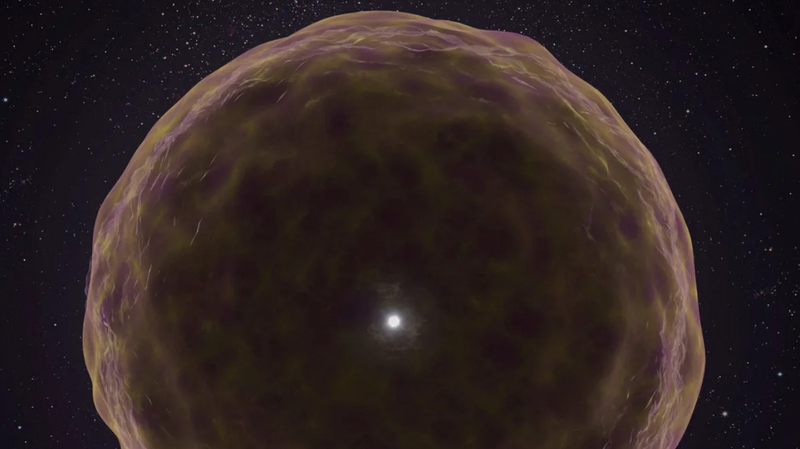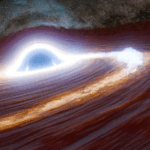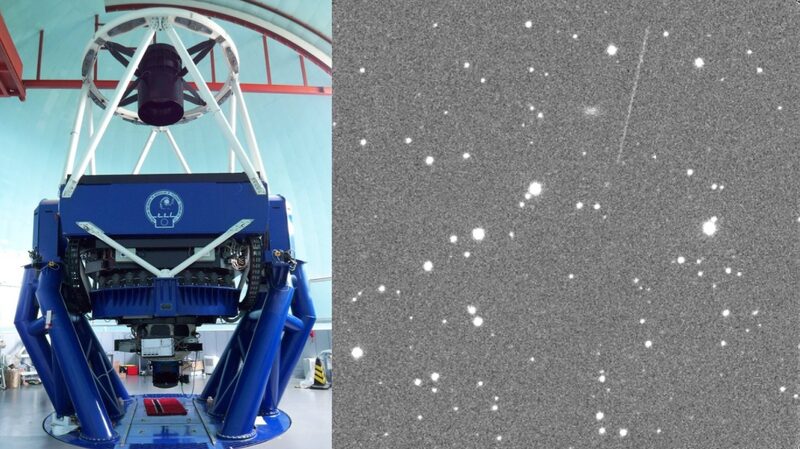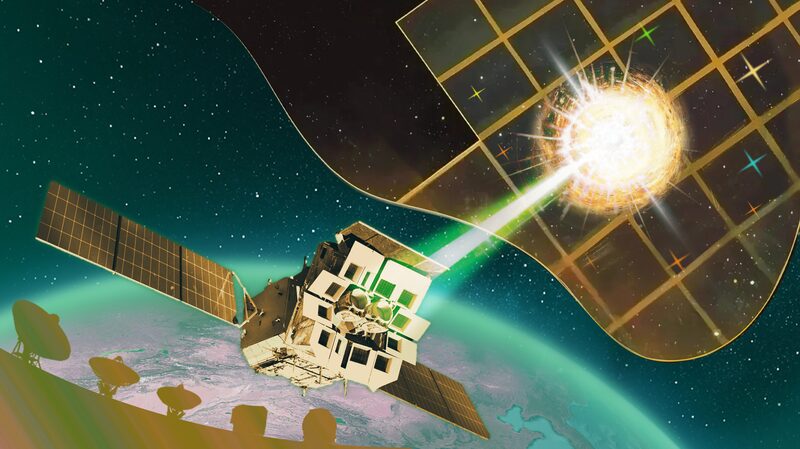In a cosmic breakthrough, astronomers have captured unprecedented observations of supernova 2021yfj – a dying star in our Milky Way that revealed its inner structure during its final explosive moments. This marks the first time scientists have directly observed the exposed core layers of a collapsing massive star, offering vital clues about stellar life cycles.
A Stellar Autopsy
Unlike typical supernovae where outer layers obscure internal structures, 2021yfj had shed nearly all hydrogen and helium before exploding. Northwestern University researcher Steve Schulze noted: "We’ve never seen a star stripped to this extent." The visible silicon and sulfur layers confirmed long-held theories about the layered composition of massive stars before death.
Scientific Implications
The discovery, published in Nature, validates models predicting heavier elements cluster near stellar cores while lighter elements dominate outer layers. Harvard-Smithsonian astrophysicist Anya Nugent called it "critical confirmation" of fundamental astrophysical principles, though mysteries remain about how the star lost so much material pre-explosion.
Future Challenges
Researchers speculate companion stars or violent pre-death eruptions might explain the unusual stripping. However, replicating such observations remains difficult given supernovae’s unpredictable nature. This finding opens new pathways for understanding how massive stars shape galactic ecosystems through element distribution.
Reference(s):
cgtn.com







